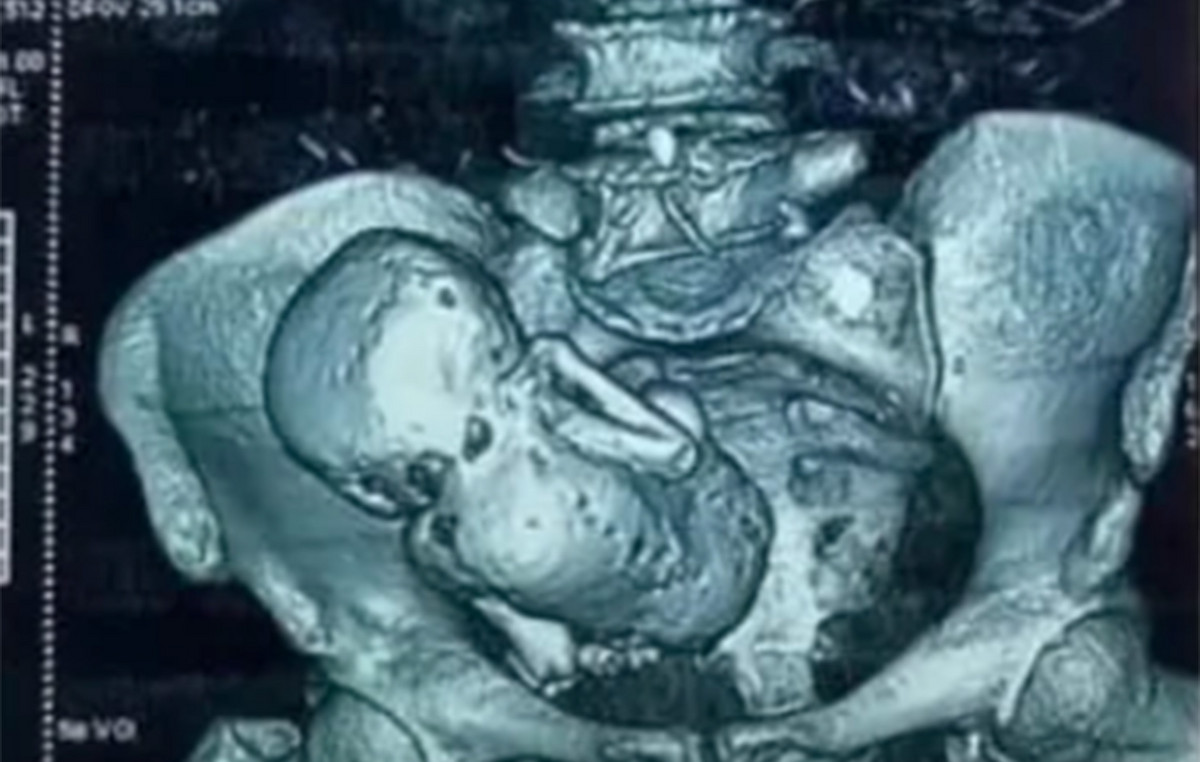Avian influenza, also called avian influenza, is a disease that usually only affects birds.
The names of influenza virus strains are defined by the proteins essential for the ability to infect: hemagglutinin (H) and neuraminidase (N). There are several different strains of bird flu: 16 H subtypes and 9 N subtypes. Only those marked H5, H7 and H10 have caused human deaths.
The most common and deadly form of the virus is called Influenza A (H5N1) or H5N1 virus.
diagnosis and treatment
Most cases of human avian influenza infections are due to contact with infected birds or surfaces contaminated with excretions from infected birds: saliva, nasal secretions or feces.
Symptoms include fever, cough, sore throat, and sometimes severe respiratory illness and pneumonia.
The US Centers for Disease Control and Prevention (CDC) recommends the following drugs for treatment: oral oseltamivir (brand name: Tamiflu), inhaled zanamivir (brand name: Relenza), and intravenous permavir (brand name: Rapivab) .
The mortality rate is around 60% for infected humans.
Avian influenza chronology
Early 1900s – Avian influenza is identified for the first time in Italy.
1961 – The H5N1 strain is isolated from birds in South Africa.
December 1983 – Chickens in Pennsylvania and Virginia in the United States are exposed to bird flu and more than five million birds are killed to prevent the disease from spreading.
1997 – Eighteen people are infected with the H5N1 strain in Hong Kong, six die. These are the first documented cases of human infection. Hong Kong euthanizes its entire bird population, 1.5 million birds.
1999 – Two children in Hong Kong are infected with the H9N2 strain.
February 2003 – Eighty-four people in the Netherlands are affected by the H7N7 strain of the virus, one dies.
February 7, 2004 – Twelve thousand chickens are killed in Kent County, Delaware, USA, after being found infected with the H7 virus.
October 7, 2005 – Avian flu hits Europe. Romanian authorities quarantine a village of about 30 people after three dead ducks tested positive for bird flu.
November 12, 2005 – A one-year-old boy in Thailand tests positive for the H5N1 strain of bird flu.
November 16, 2005 – The World Health Organization (WHO) confirms two human cases of bird flu in China, including a poultry worker who died from the H5N1 strain.
November 17, 2005 – Two deaths are confirmed in Indonesia from the H5N1 strain of bird flu.
January 1, 2006 – A Turkish teenager dies of the H5N1 strain of bird flu in Istanbul, and later that week, two of his sisters die.
January 17, 2006 – A 15-year-old girl from northern Iraq dies after contracting bird flu.
February 20, 2006 – Vietnam becomes the first country to successfully contain the disease. A country is considered disease-free when no new cases are reported within 21 days.
March 12, 2006 – Authorities in Cameroon confirm cases of the H5N1 strain. Avian flu has already hit four African countries.
March 13, 2006 – Avian flu is confirmed by authorities in Myanmar.
May 11, 2006 – Djibouti announces its first cases of H5N1 – several in birds and one human.
December 20, 2011 – The US Department of Health and Human Services issues a statement saying the government is asking scientific journals to withhold details of research they intend to publish on mammalian H5N1 transmission. There is concern that the information could be misused by terrorists.
July 31, 2012 – Scientists announce that H3N8, a new strain of bird flu, caused the deaths of more than 160 baby seals in New England in 2011.
March 31, 2013 – Chinese authorities report the first human cases of H7N9 avian influenza infection to the WHO. H7N9 has not been previously detected in humans.
December 6, 2013 – A 73-year-old woman infected with H10N8 dies in China, the first human fatality of this strain.
January 8, 2014 – Canadian health officials confirm that an Alberta resident has died of H5N1 bird flu, the first case of the virus in North America. It is also the first case of H5N1 infection ever imported by a traveler to a country where the virus is not present in birds.
April 20, 2015 – Authorities say more than five million chickens will be euthanized after bird flu was detected at a commercial facility in Northwest Iowa, USA. According to the US Department of Agriculture, about eight million cases of bird flu have been detected in 13 states since December. Health officials say there is little to no risk of transmission to humans from H5N2. No human infection with the virus has ever been detected.
January 15, 2016 – The US Department of Agriculture confirms that a commercial turkey farm in Dubois County, Indiana has tested positive for the H7N8 strain of bird flu.
January 24, 2017 – Britain’s Department for Environment, Food and Rural Affairs releases a statement confirming that a case of H5N8 bird flu has been detected in a flock of breeding pheasants in Preston, UK. The flock is estimated to contain about 10,000 birds. The statement adds that several of these birds died and the remaining live birds in the facility were euthanized because of the disease.
February 12, 2017 – Several provinces in China have closed their live bird markets to prevent the spread of avian flu following an increase in the number of infections of the H7N9 strain. At least six provinces reported human cases of H7N9 flu that year, according to Chinese state media Xinhua.
March 5th to 7th, 2017 – The US Department of Agriculture confirms that a commercial chicken farm in Tennessee has tested positive for the H7N9 strain of bird flu, but says it is genetically different from the H7N9 strain in China. The flock of 73,500 birds in Lincoln County was euthanized, according to Tyson Foods.
February 14, 2018 – The Hong Kong Health Protection Center announces that a 68-year-old woman has been treated for the H7N4 strain. This is the first case of this strain in a human.
June 5, 2019 – Since 2013, there have been 1,568 confirmed human cases and 616 deaths worldwide from the H7N9 strain of bird flu, according to the Food and Agriculture Organization of the United Nations.
December 2019 – The UK Department for Environment, Food and Rural Affairs confirms that a case of H5N1 bird flu has been detected on a farm in Suffolk, 27,000 birds are culled because of the disease.
April 9, 2020 – The US Department of Agriculture confirms that a commercial flock of turkeys in Chesterfield County, South Carolina has tested positive for the H7N3 strain of bird flu.
January 2021 – India culls tens of thousands of poultry after bird flu is detected in wild ducks, crows and geese in at least a dozen locations across the country.
February 18, 2021 – Russian authorities notify WHO that they have detected H5N8 in humans. “If confirmed, this will be the first time that H5N8 has infected people,” a WHO spokesperson in Europe said in a statement at the time.
June 1, 2021 – China’s National Health Commission announces the first human case of H10N3.
February 2022 – The US Department of Agriculture confirms that wild and domestic birds in the country have tested positive for the H5N1 strain of avian influenza. As of mid-April, the CDC reports that there are 31 states with infected wild birds and 25 states with outbreaks in birds.
April 26, 2022 – China’s National Health Commission announces the first human case of H3N8.
April 28, 2022 – CDC confirms a case of bird flu in a man in Colorado, USA, but says the public health risk assessment remains low.
Source: CNN Brasil







